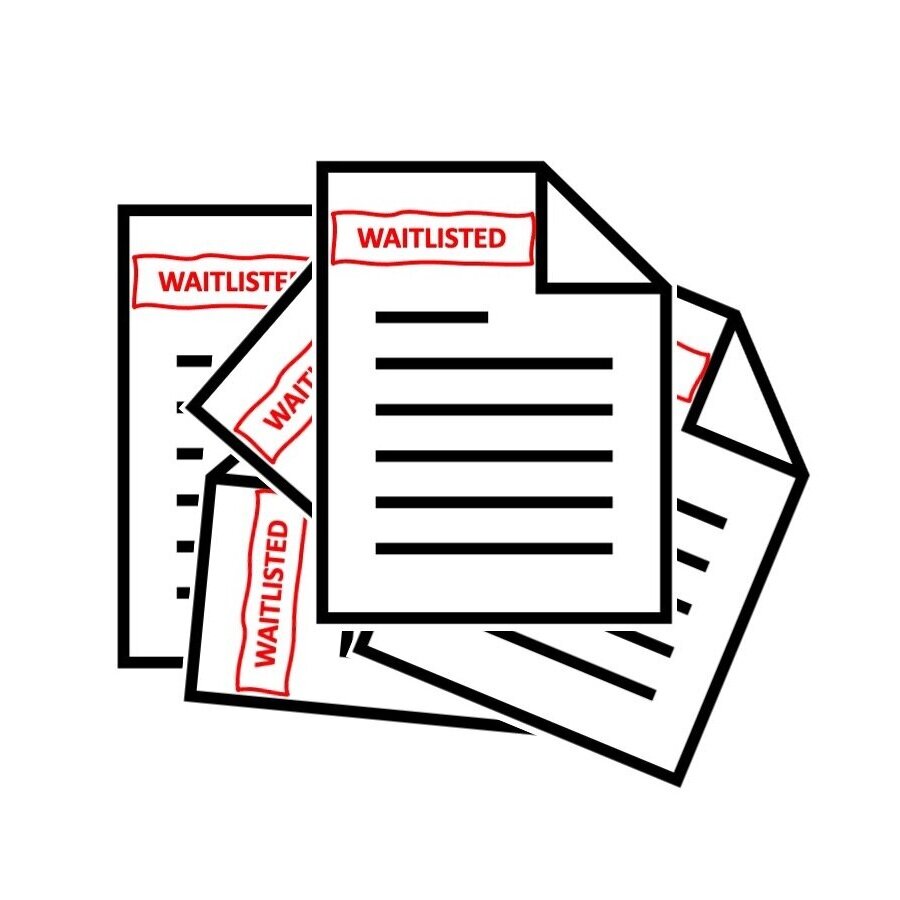Admissions 2020-21: Year of the Waitlist (Part 2)
As we covered last week, the 2020-21 admissions cycle has left significantly more students on waitlists than in a typical year. In this post, we will discuss how test-optional policies may have been a contributing factor.
By June of 2020, it was evident that thousands of students wouldn’t have the ability to sit for an SAT or ACT in time to submit scores along with their applications, and the Ivy League along with many other highly-selective colleges responded accordingly by going “test-optional”. Ivy Link did our best to spread the word that “test-optional” did not mean a free pass and that students would have to submit scores if they wanted a realistic shot of being admitted to highly selective colleges. There are some exceptions, of course, but they are few and far between.
That said, many students appear to have decided that they would give it try anyway. The result: an explosion of applicants at top colleges.
Harvard: applications up by 42%
UC Berkely: applications up by 27%
NYU: applications up by 17%
Columbia, Yale, and Stanford all had to delay their decision announcements due to the flood of applicants.
Given the nature of the “test-optional” policies, schools couldn’t simply push students without scores below all those with scores, which means that in addition to bloated waitlists, it will take much longer than normal to sift through the thousands of applications and judge them with less empirical data to rely on.
So, all we can say is get comfortable. Waitlisted students might have to wait as late as July to hear from their college of choice.
What can my student do to increase her acceptance chances?
Reevaluate if you still want to attend. Is the school still your top choice? You may have gotten accepted into other schools that you have discovered to be a better fit, or offer advantages that the university that waitlisted you doesn’t. However, if you are positive the school is your top choice, make sure that you respond to the waitlist invitation promptly.
Send a Statement of Persuasion. If you are an early applicant, writing a Statement of Persuasion will help show admissions officers that you have something unique to bring to the university.
Stay in touch, but not too much. Typically, schools recommend you visit the campus, but Covid-19 has obviously changed this. Still, you can do virtual visits and try to schedule a virtual chat with your admission representative to make a good impression. However, don’t overwhelm admission officers with endless emails or phone calls.
Stay informed. Research the percentage of waitlisted applicants the school ends up accepting to gauge your chance of being admitted.
Maintain your grades. Don’t let the anxiety of getting waitlisted get the best of you, and don’t fall victim to senioritis during your last semester of high school. Sign up for tutoring if necessary.
If you or your student would like additional guidance in navigating waitlist decisions, schedule a consultation with an Ivy Link Advisor.


